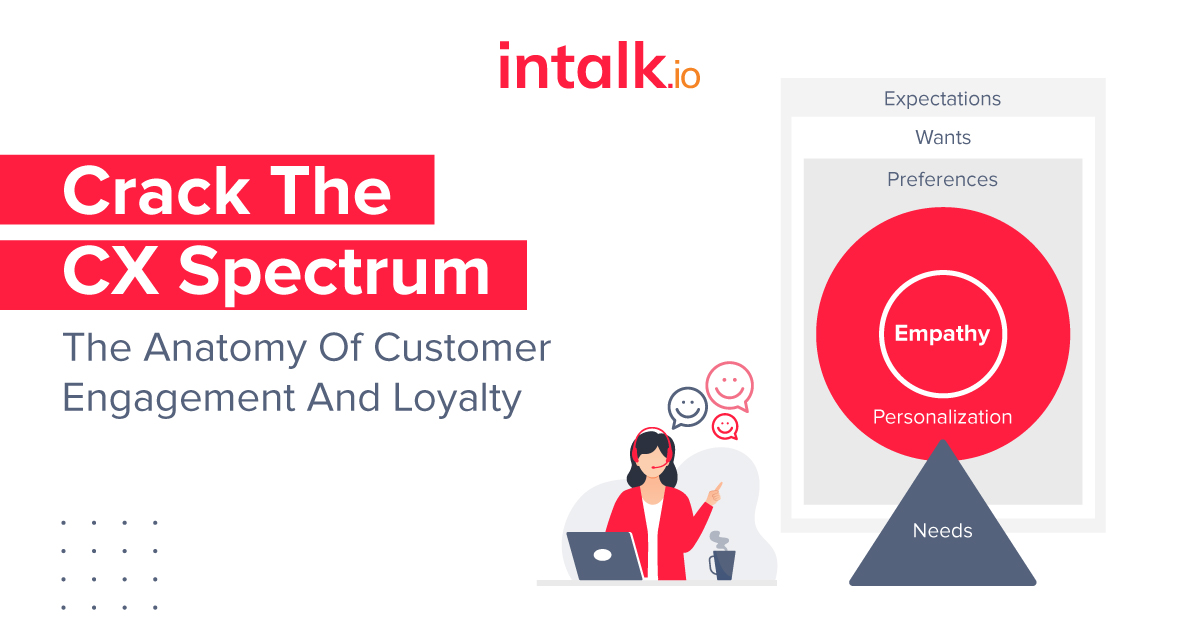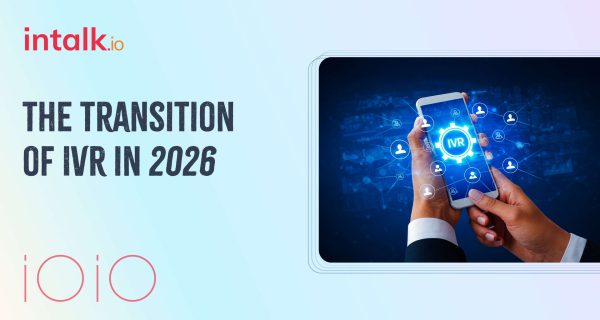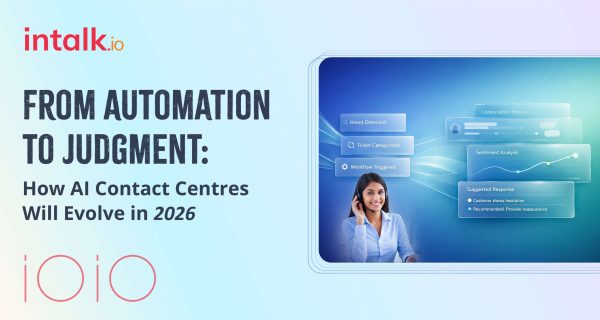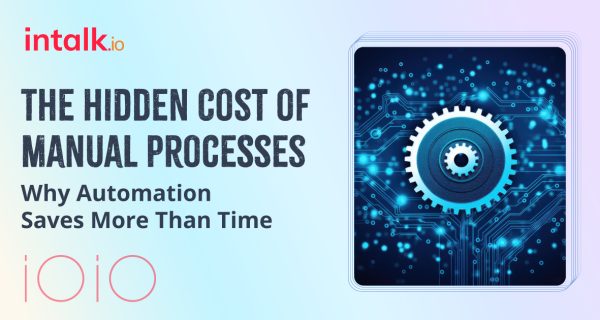Customer engagement and loyalty are the holy grail. Organisations spend huge sums of money to find suitable cloud call center solution to achieve them. But what Customer experience (CX) is?
Therein lies the rub. It’s not a tangible thing, you can’t touch it or feel it. Yet CX is everywhere, all the time – or so you’d think.
Every customer journey is different and special. But no matter how different they are, there are some common stages to every customer journey. Knowing what these stages look like will give you a much better idea of where you and your customers stand in their journey with your organisation.
Why Prioritise Your Customer Experience Now?
The customer experience is the new battleground for the enterprise, and it is no longer just about the quality of products or services.
The key to success lies in how well companies understand and meet their customers’ needs. This means innovating on all fronts, from product and service offerings to marketing and sales strategies, as well as integrating these efforts with a robust customer experience strategy that keeps customers engaged and loyal.
Companies need to be proactive in creating a positive experience with the help of cloud call center solution if they want to stay competitive in today’s marketplace.
A study by Gartner shows that 63% of consumers would switch brands for a poor customer experience even if it costs more money.
It’s time for businesses to start focusing on what their customers really want, rather than just reacting to customer feedback after the fact.
Breaking Down The Customer Experience Spectrum – Needs, Expectations,Wants, Personalisation,Preferences, Empathy
A customer experience spectrum is an important tool for understanding the different levels of the customer journey, from initial contact to long-term loyalty.
The spectrum is a simplified way of breaking down the various stages of the customer journey into five key sections: needs, expectations, wants, personalisation and empathy.
Needs
These are intrinsic and represent the essential requirements of the customer. For instance, the needs of a cell phone customer could be a reliable network – data coverage and an affordable monthly bill. If the provider fails to meet these core needs, the customer becomes disappointed with the brand and likely will look for a company that can meet their needs. They also might discourage friends or family from using the company because they had a poor experience.
Expectations
This quadrant is where consumers form their expectations about a brand. If the brand passes the customer’s needs “test,” expectations about that brand start to build in the customer’s mind. Performance against these expectations determines how their target customers would behave.
Wants
Customer wants could develop from their emotional needs. For example, some customers want to stay on top of the latest technology. They might be early adopters and have no problem paying more for the latest gadgets than other consumers. Other customers may be more frugal and only buy when they’re sure they will use it every day.
This is where you have to pay attention to your customer’s motivations.It’s also the point where purchases and up-sell / cross-sell takes place.
Personalisation
With many emerging technologies, we’re seeing a shift towards more humanised interactions between brands and customers via different platforms including cloud call centre solutions. This is also true for organisations that want to deliver truly exceptional customer experiences.
The key to engaging customers is understanding how each customer wants to interact with a brand, whether it’s via email, chatbot or social media messaging platforms like Facebook Messenger or WhatsApp.
Empathy
On one end of the spectrum, you have a great product or service that meets your customers’ needs. On the other end, there’s an exceptional customer experience that goes above and beyond what they expected.
It’s easy to think of customer experience as simply the sum of your interactions with your customers: how they use your products and services, how easy it is to buy from you, and how well you resolve issues when they arise. But in reality, it’s much more than this. It’s about how all these elements combine to make up a person’s overall impression of your brand.
Takeaway
Customer experience is more important than ever. Learn how to crack the CX spectrum to build brand loyalty, avoid churn, win new customers, and improve business results
In the end, the most effective customer experience of all is the one that effectively meets the needs of your customers and leads to loyalty, brand advocacy, and positive word-of-mouth marketing. Don’t just shoot for mediocrity—reach for excellence. It will take time, effort, and a lot of thought and planning to master, but it’s worth every effort you make.





